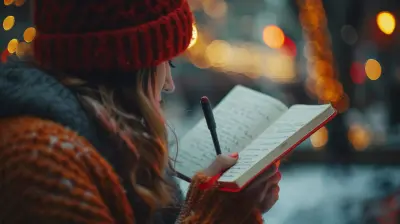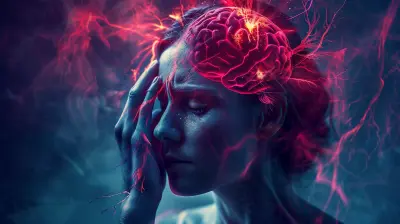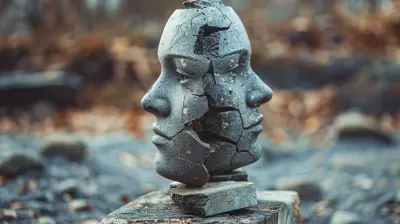Body Image Across Cultures: How Different Societies View Beauty and Health
16 June 2025
Let’s face it — body image is one of those topics that always seems to stir up a mix of emotions. Some of us love what we see in the mirror. Others? Not so much. But here's something that might surprise you: your idea of "beauty" and "health" isn't just yours. It's been shaped—some would say sculpted—by the culture you grew up in.
So, what exactly does beauty look like around the world? Is it toned abs in America or fuller figures in Africa? Is pale skin ideal in some places while a sun-kissed glow is the goal in others? Buckle up, because we're about to take a light-hearted but honest ride through the world of body image across cultures. 🌍✨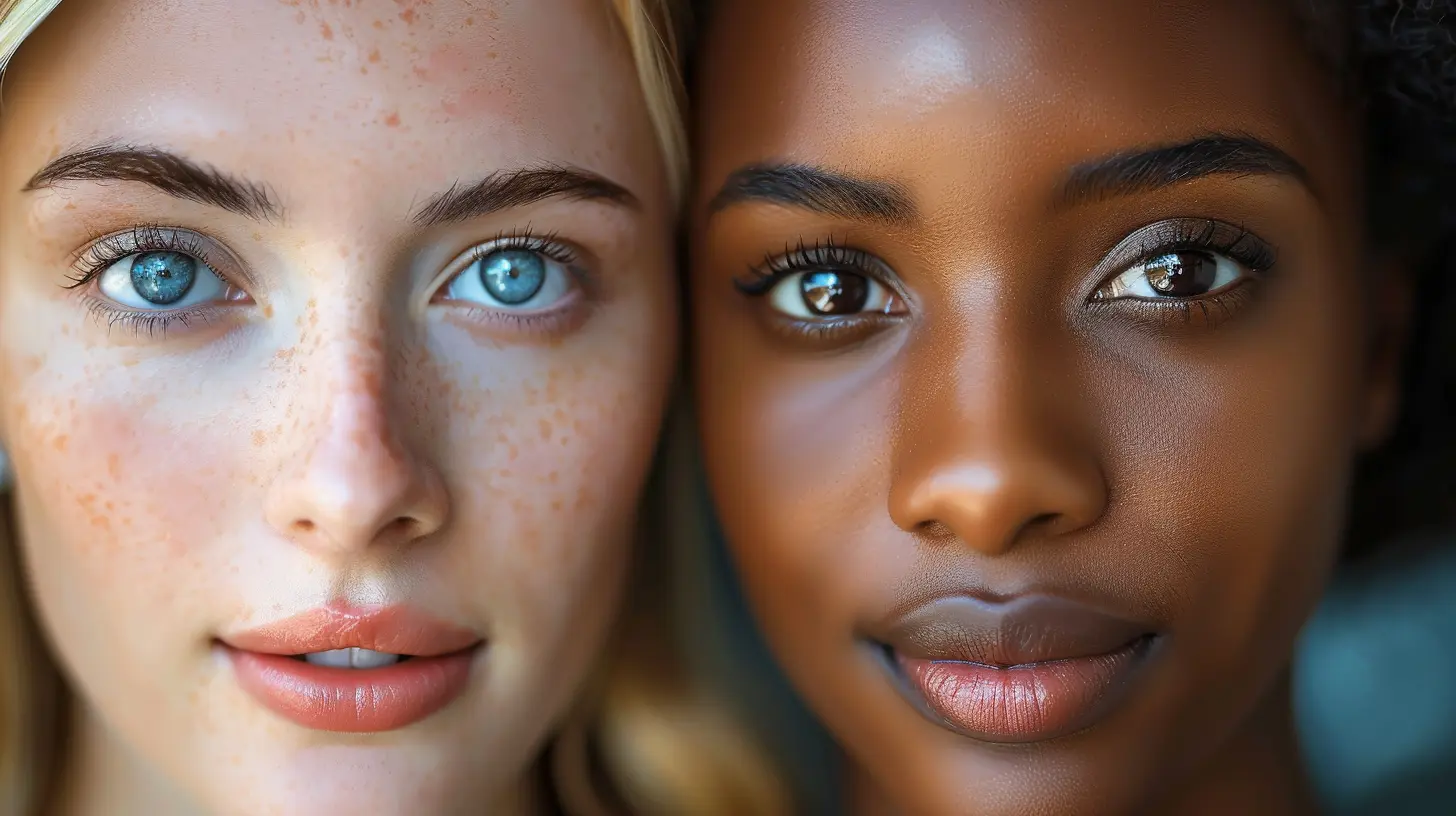
What Is Body Image, Anyway?
Before we globe-trot, let’s quickly anchor ourselves. Body image is how you see your own body and how you think others see it. It’s shaped by a stew of factors: media, family, friends, traditions, and even old-school fairy tales. (Thanks a lot, Cinderella 👠.)Sometimes body image is helpful—it empowers us to take care of ourselves. But when we start comparing ourselves to unrealistic ideals, that’s when things get messy.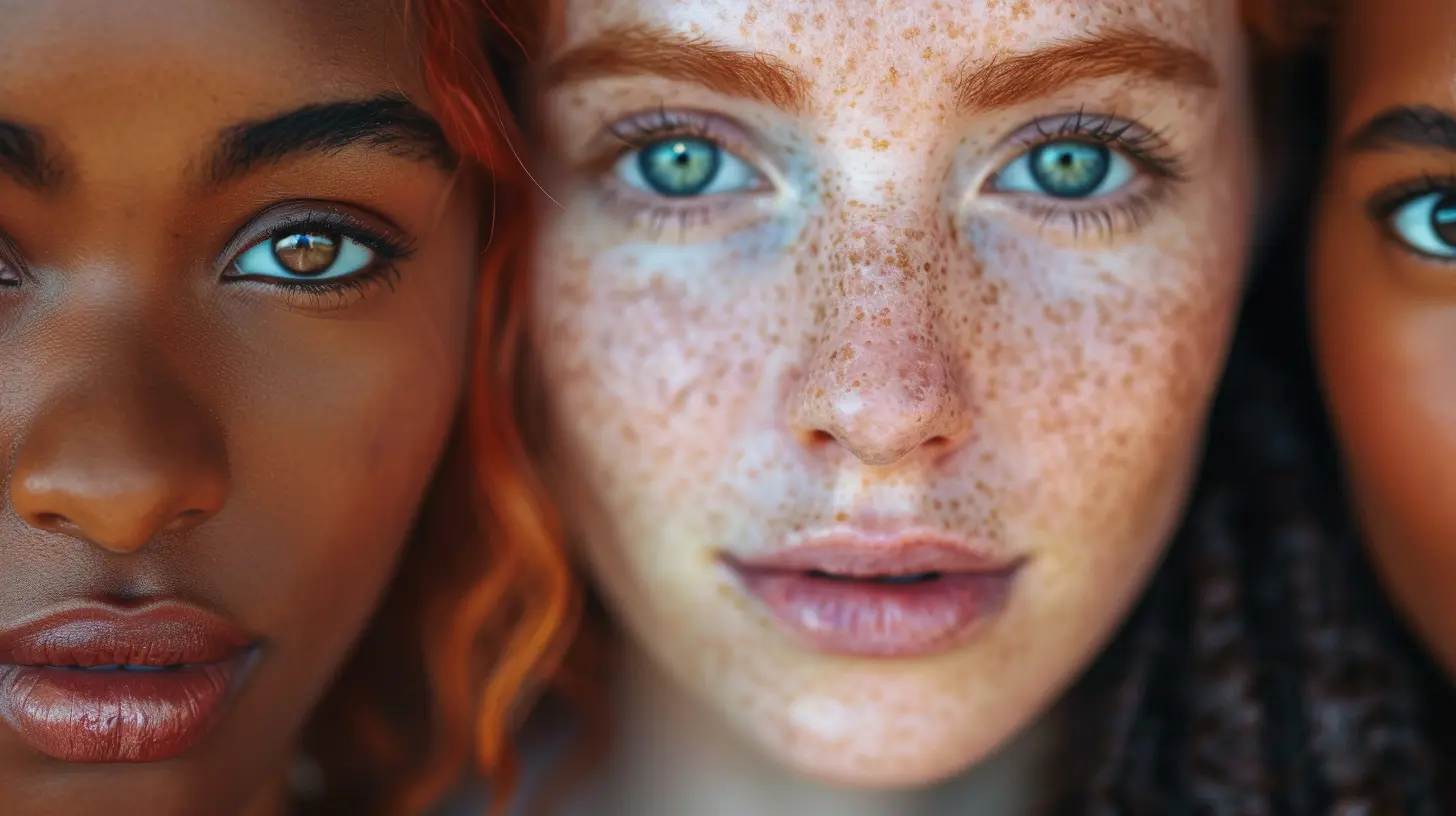
Why Culture Plays Such a Big Role
Your definition of "beauty" didn’t just spring out of thin air. Nope. It's deeply rooted in the customs, values, and even weather (yes, weather!) of the place you call home. For example, in tropical regions, tan skin might be a sign of hard work outdoors. In colder climates, pale skin may be tied to nobility and indoor privilege.Each society has its own scoreboard for attractiveness. And just like fashion trends, these ideals can change—sometimes rapidly.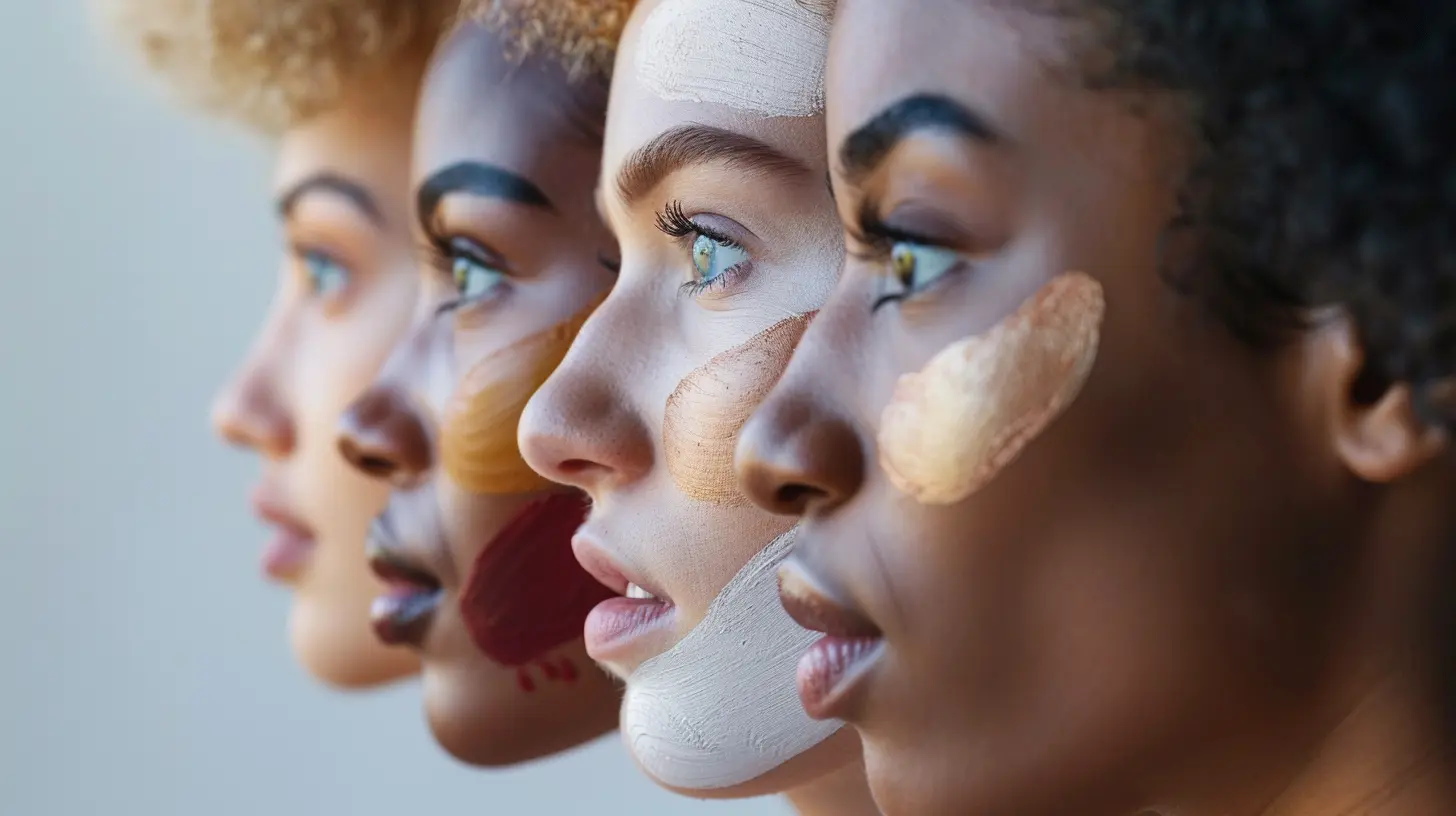
Western Culture: The “Fitspiration” Era
Let’s start with the elephant in the gym—Western culture, particularly in the U.S., Canada, the U.K., and Australia.In these places, the ideal body right now seems to be a weird mix of slim, muscular, and effortlessly toned. You know, like you just ran a marathon but somehow also had time to hit leg day and eat kale smoothies.
Social media, especially platforms like Instagram and TikTok, have made six-packs and "thicc" curves mainstream. Hashtags like #fitspo and #bodygoals dominate, influencing not only how people want to look but also how they think they should look.
But here’s the fun twist: We’re also seeing a big pushback. Movements promoting body positivity and body neutrality are gaining traction, reminding us that all bodies are good bodies—whether or not they can deadlift 200 pounds.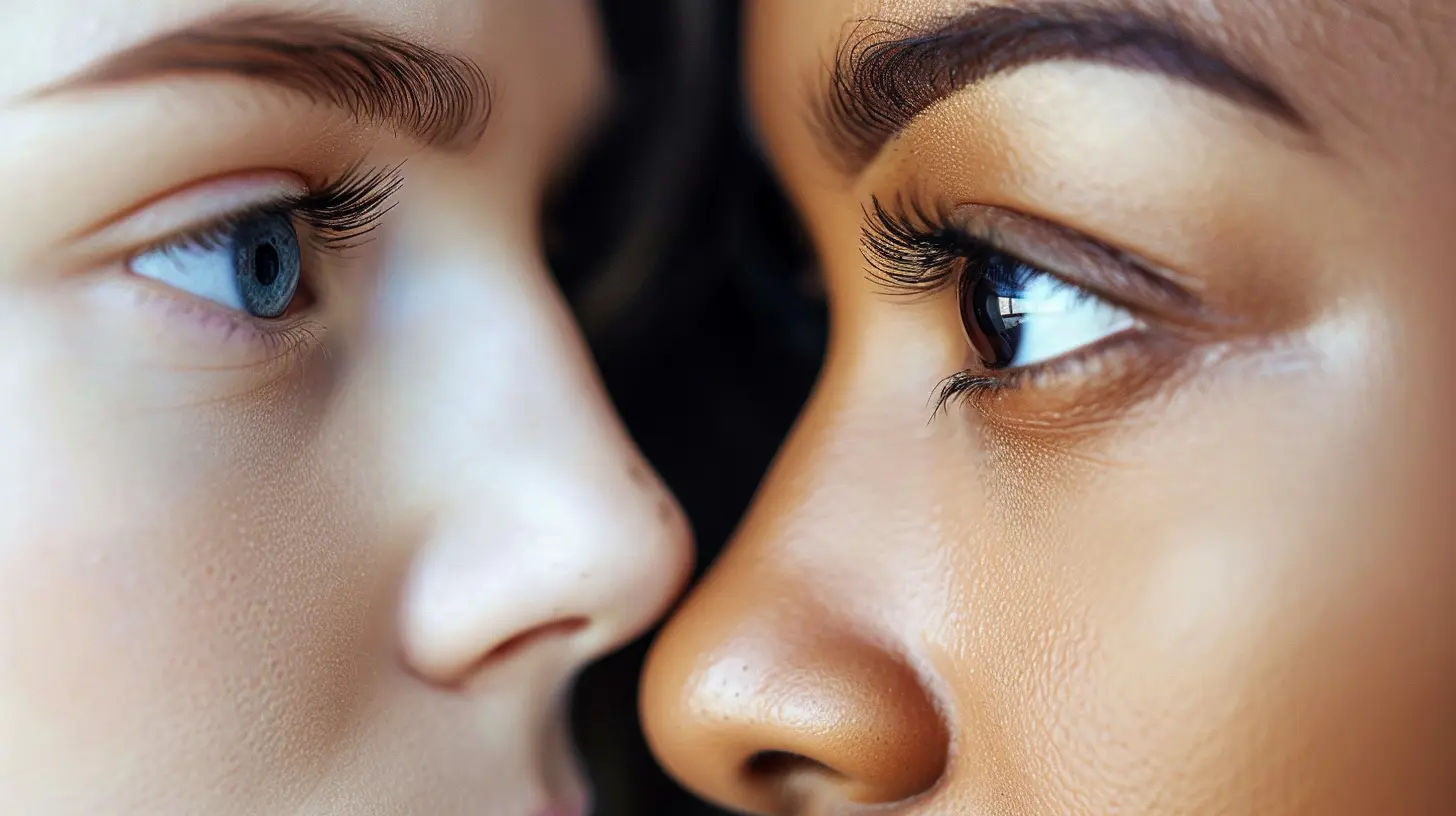
East Asia: Slender Silhouettes and Flawless Skin
In many East Asian countries—think South Korea, Japan, and China—the ideal body is typically slim, petite, and delicate. Beauty standards here also heavily emphasize skincare. (Ever heard of the famous 10-step Korean skincare routine? Yep, they're serious about it.)In South Korea, cosmetic surgery is super common, and the "V-line" face shape (a small, narrow chin) is often considered ideal. Skin that's flawless, pale, and glass-like? That's a major win.
But just like in the West, change is bubbling. Some younger generations in these countries are starting to challenge impossible beauty standards. Social media influencers and activists are now advocating for more diverse representations of beauty—slowly but surely cracking that perfect porcelain mold.
Africa: Curves, Confidence, and Cultural Pride
Let’s head to the African continent where beauty often takes on a whole different vibe. In many African societies, particularly in West and South Africa, fuller figures are not just accepted—they’re celebrated!A curvier body is often seen as a sign of wealth, fertility, and health. Being plump may suggest you’re well-fed, cared for, and thriving.
Now, of course, Africa is a huge continent with over 50 countries and countless ethnic groups. So beauty standards can vary wildly. But by and large, confidence and rhythm (can you move to the beat?) are often just as valued as physical features.
Fun fact: In some communities, there are even traditional “fattening rooms” for brides-to-be to gain weight before marriage, symbolizing prosperity and readiness for family life.
Latin America: Hourglass Figures and Flamboyance
Next stop: Latin America, home to some of the world’s most vibrant and expressive cultures.In countries like Brazil, Colombia, and Venezuela, beauty is often associated with the “hourglass” look: think fuller hips, a tiny waist, and a generous chest. People put a lot of pride and effort into how they present themselves. Whether it’s going to the beach or a quick trip to the store, looking sharp is almost the norm.
Brazilian culture, in particular, is known for embracing body diversity—hello, Carnival!—but it also comes with sky-high beauty standards. The culture of cosmetic surgery is big here, and people aren't shy about enhancing what they've got.
Still, there's a growing chorus across Latin America challenging narrow definitions of beauty and calling for more representation and inclusivity.
The Middle East: Modesty Meets Elegance
In much of the Middle East, beauty is often a blend of elegance, modesty, and family pride. Outer beauty is important, yes, but it’s often balanced by deep cultural values and religious beliefs.In countries like Iran, Lebanon, and the UAE, beauty might come in the form of expressive eyes, styled hair, and luxurious fabrics rather than bare skin. Makeup is huge here, and there's a strong emphasis on grooming and personal care.
Interestingly, Iran has one of the highest rates of cosmetic surgery in the world, particularly nose jobs. Beauty clinics are booming, reflecting the importance of appearance in social and even marital contexts.
But again, younger generations are beginning to shift the narrative. They're using platforms like Instagram and TikTok to show off a broader range of natural beauty—freckles, curly hair, and all.
India: Tradition, Trends, and a Touch of Bollywood
In India, beauty is a swirling mix of tradition, Bollywood glam, and modern-day trends. Historically, fair skin has been idealized (thanks colonialism), but this is being challenged more and more today.Indian beauty often highlights long hair, big eyes, and curvy figures. But the country has a complicated relationship with body image. On one hand, traditional dances and clothing celebrate a wide range of body types. On the other? The media still tends to favor lighter skin and photoshopped perfection.
The good news: With the rise of influencers and open conversations around colorism and size inclusivity, India’s beauty landscape is becoming more colorful—and more accepting.
Indigenous and Tribal Views: Harmony With Nature
We can’t talk about global body image without shining a light on indigenous and tribal communities. In these cultures, beauty often has less to do with trends and more to do with symbolism, function, and spiritual connection.Take the Māori in New Zealand, for instance. Tattoos (like the traditional moko) are a form of beauty and identity. Or the Himba women of Namibia, who apply red clay to their hair and skin as a symbol of beauty and protection.
In many indigenous cultures, body image is less about comparison and more about community, resilience, and harmony with nature. It’s a refreshing reminder that beauty isn’t always about looking a certain way—it can also be about being in touch with who you are.
How Media Skews (and Shapes) Our Perception
No matter where you are in the world, one thing’s for sure: media has a loud voice in the beauty conversation. Whether it’s Hollywood films, K-pop music videos, or viral TikTok challenges, media pushes certain body ideals that can often feel, well…impossible.And when you only see a particular "type" of body over and over, it starts to feel like that's the only way to be beautiful. Spoiler alert: it’s not.
Thankfully, the rise of body-positive creators, diverse representation in ads, and platforms like YouTube and Instagram have opened the doors to more real, raw, and relatable content.
Body Positivity vs Body Neutrality: What's the Difference?
Let’s clear the air on this because these two movements often get mixed up:- Body Positivity says: "I love my body, no matter what!" It’s all about celebrating the body you’re in.
- Body Neutrality says: "I don’t have to love my body all the time—it’s just one part of who I am." It's more about respect than adoration.
Both are valid. And both are helpful tools for navigating the pressures we all face—no matter what part of the world we call home.
So…What Should We Take Away From All This?
Here's the big takeaway, folks: beauty doesn’t have a universal definition. It shifts depending on where you are, who’s influencing you, and what era you live in.One minute it’s about being thin, the next it’s about being curvy. Some cultures want light skin, others prize the sun-kissed look. Some celebrate aging; others try to freeze time with serums and selfies.
The point is, you’re not broken for not fitting into a certain ideal. That ideal is constantly changing—and usually makes no sense anyway.
So instead of obsessing over what you "should" look like, how about we focus on what makes us feel good? What makes us healthy, happy, and human?
Because in a world full of filters, algorithms, and unrealistic expectations, one thing stays true: there's nothing more beautiful than being unapologetically you. 💛
Final Thoughts: Your Culture Doesn’t Define You—But It Does Influence You
Understanding how different societies view beauty and health can actually be super empowering. It reminds us that our views aren’t fixed—they’re just a product of our environment.So the next time you're scrolling through your feed and feeling a little "meh" about your body, just remember: somewhere else in the world, you might be someone else's body goal.
And even better? You're already enough as you are—no matter what the beauty standard of the day says.
all images in this post were generated using AI tools
Category:
Body ImageAuthor:

Eliana Burton
Discussion
rate this article
1 comments
Riff McGillivray
Beauty is not a universal standard; it’s a cultural construct. Embracing diverse body images enriches our understanding of health and self-worth. Let’s challenge narrow ideals and celebrate the unique beauty found in every culture and individual.
June 28, 2025 at 4:33 PM

Eliana Burton
Absolutely! Celebrating diverse body images fosters inclusivity and allows us to appreciate the unique beauty in each culture, enhancing our collective understanding of health and self-worth.
